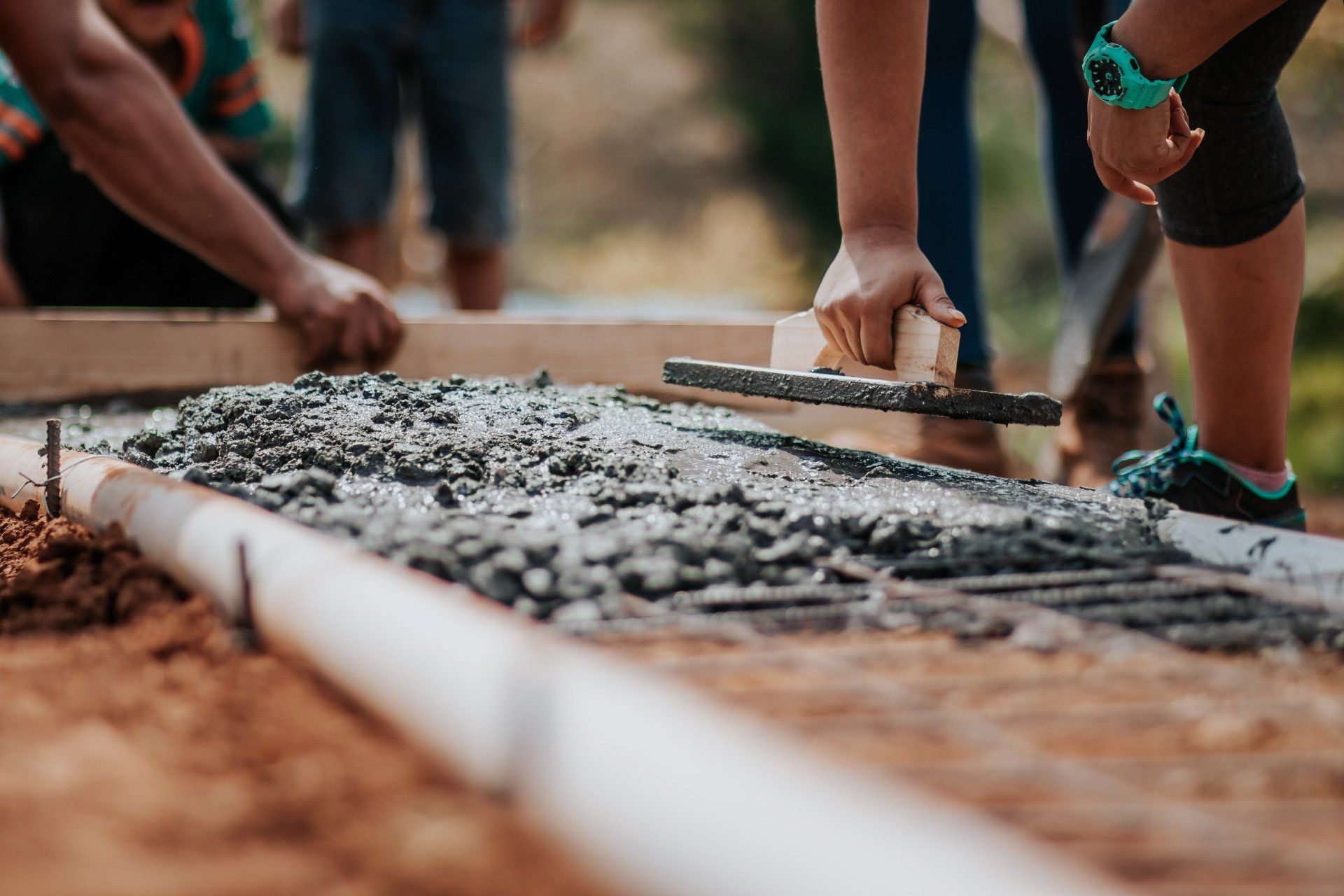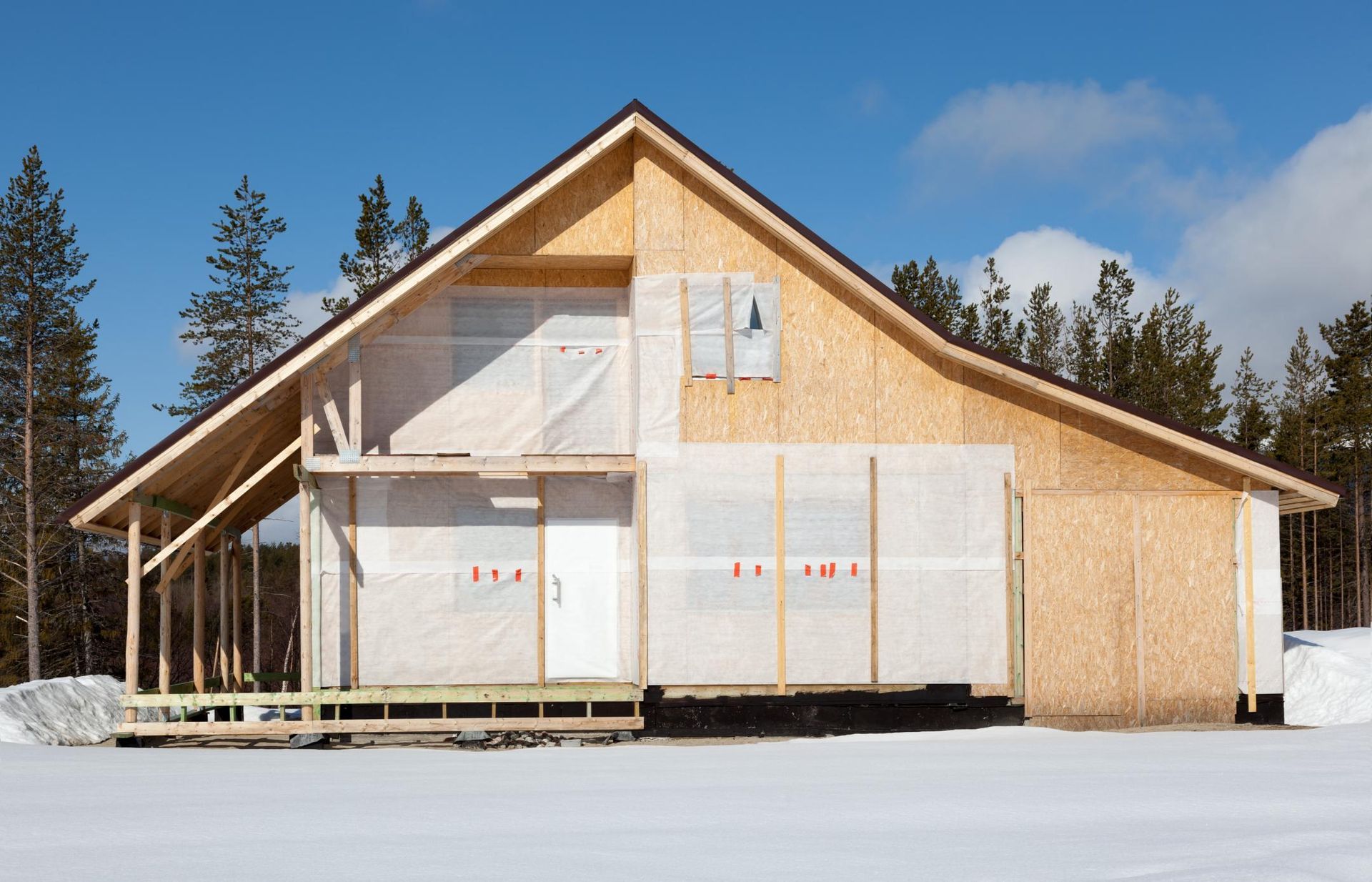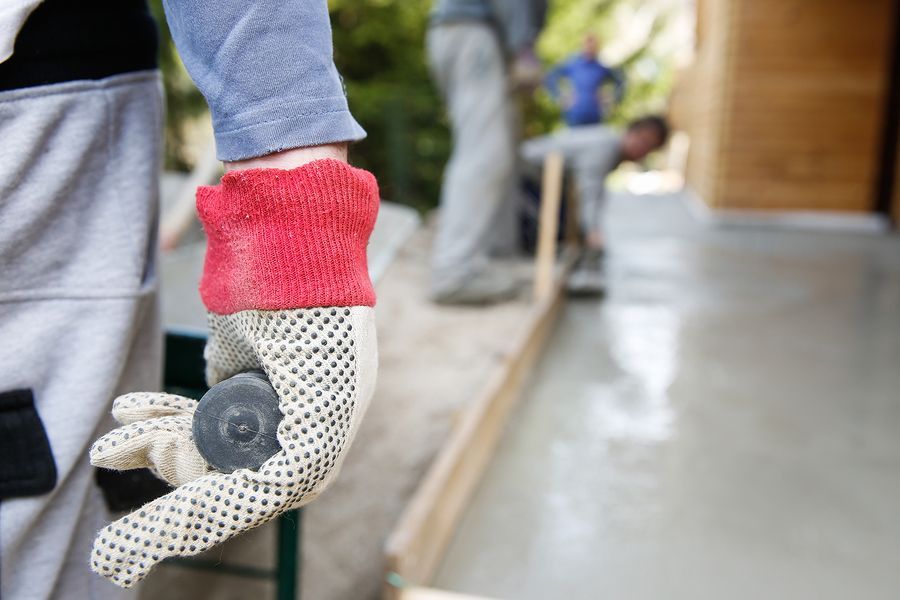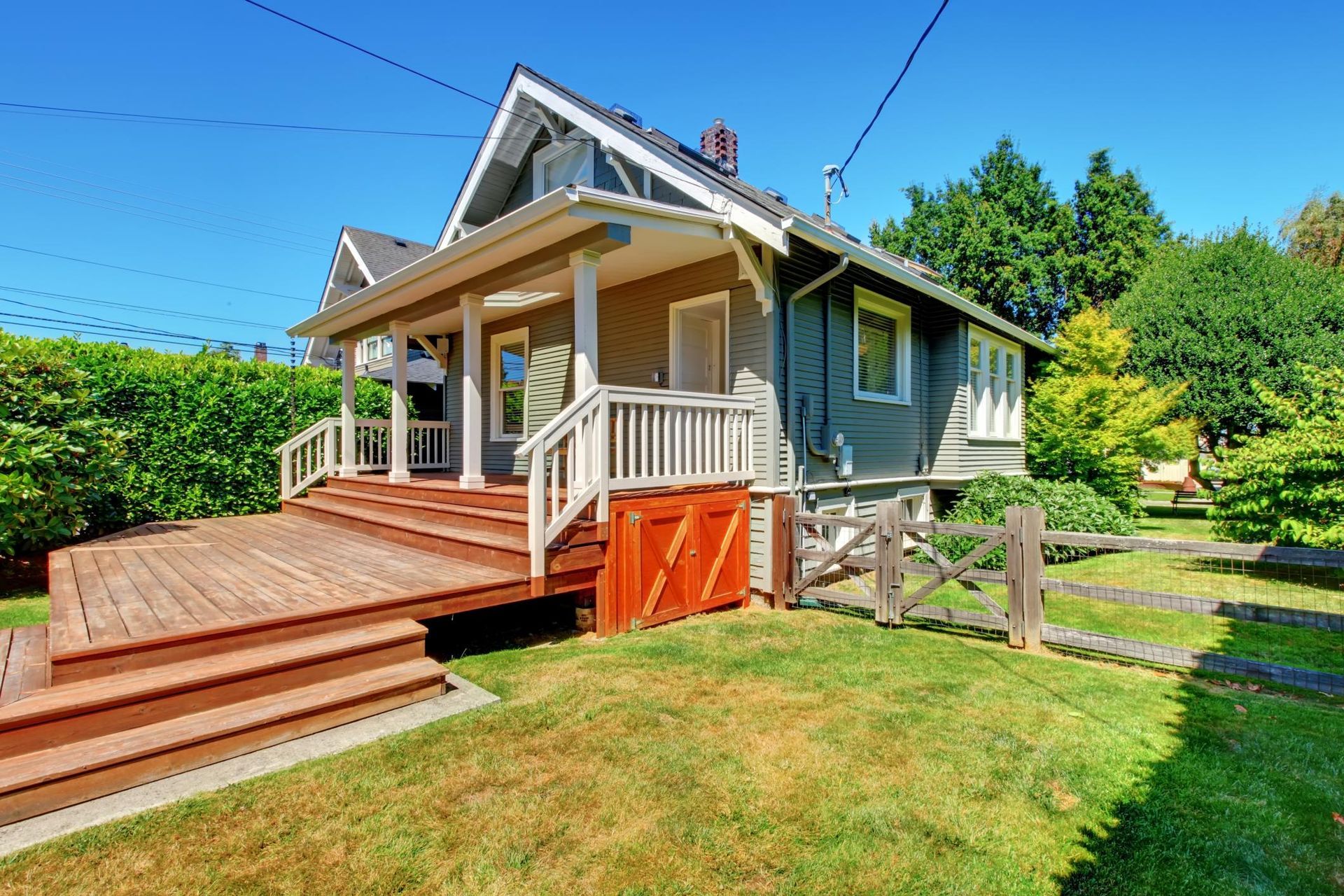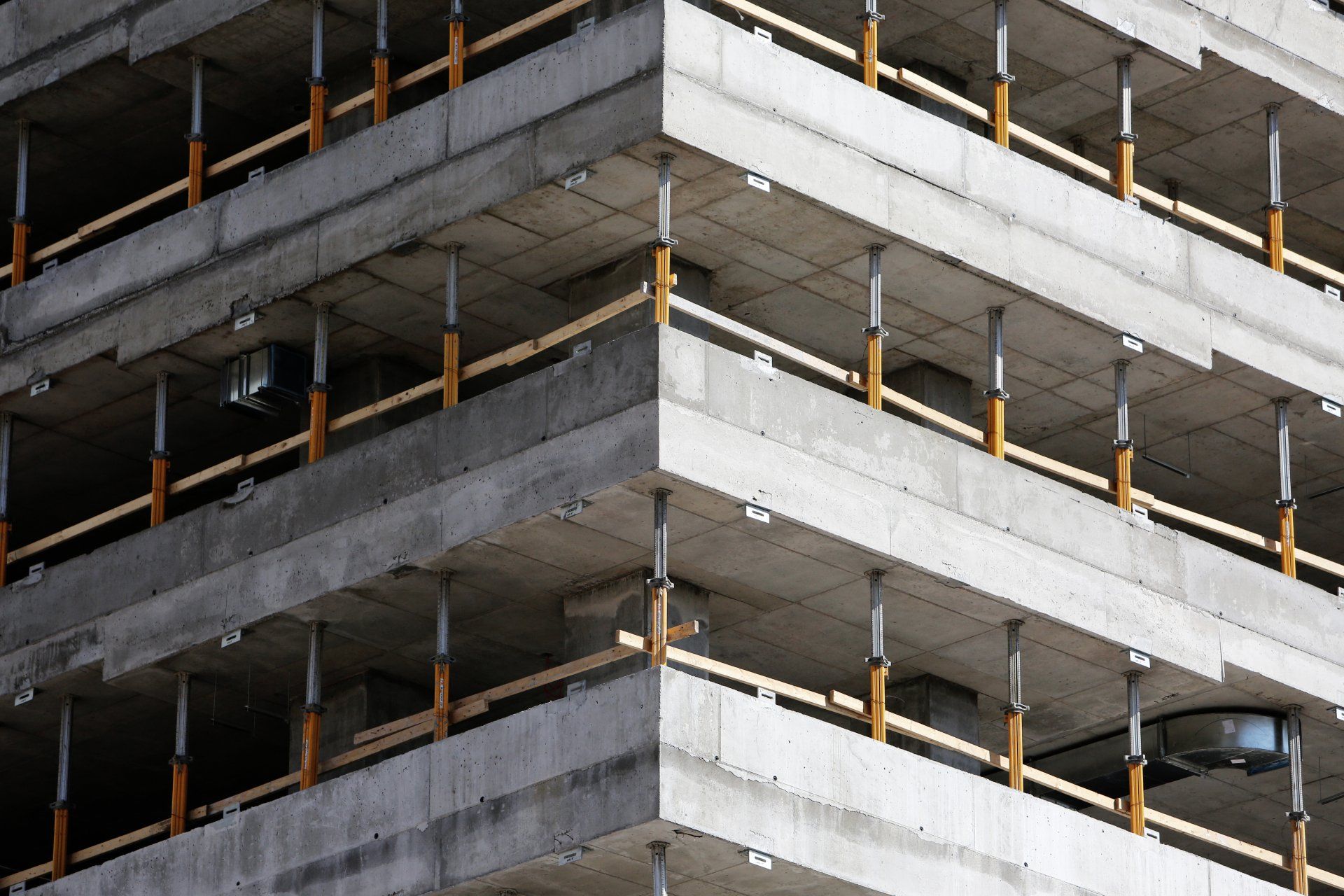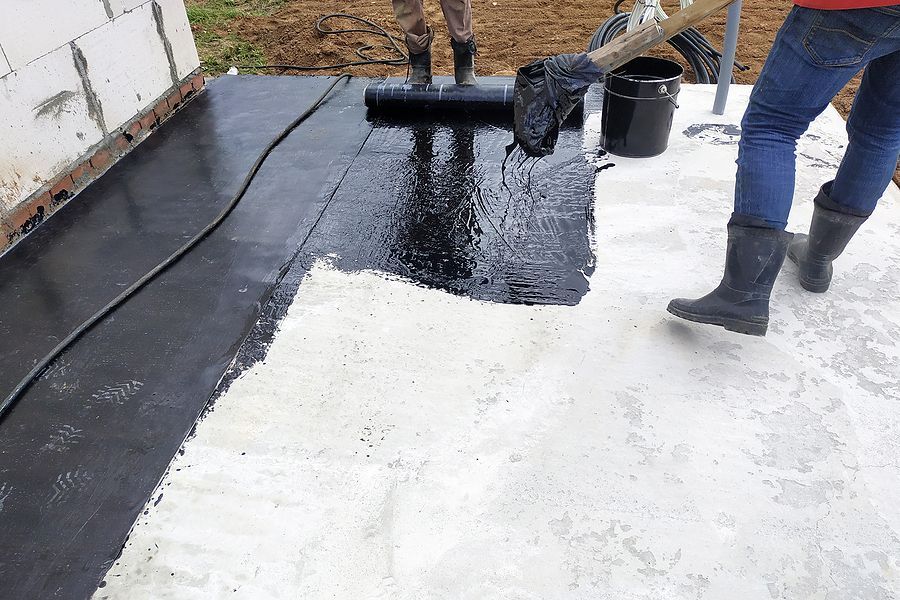
Elevated Foundations: An In-depth Exploration of Pier and Beam Repair Techniques and Their Importance in Home Stability
Elevating Stability: Proactive Strategies and Expert Insights for Ensuring the Longevity of Pier and Beam Foundations
Among the many foundation types homeowners might encounter, the pier and beam foundation stands out for its distinctive design and elevated structure. While this foundation type offers several benefits, it's not without its challenges. Proper maintenance, timely inspections, and skilled repairs are essential to ensure its longevity. This article dives deep into the world of
pier and beam repair techniques, illustrating their vital role in preserving and enhancing home stability.
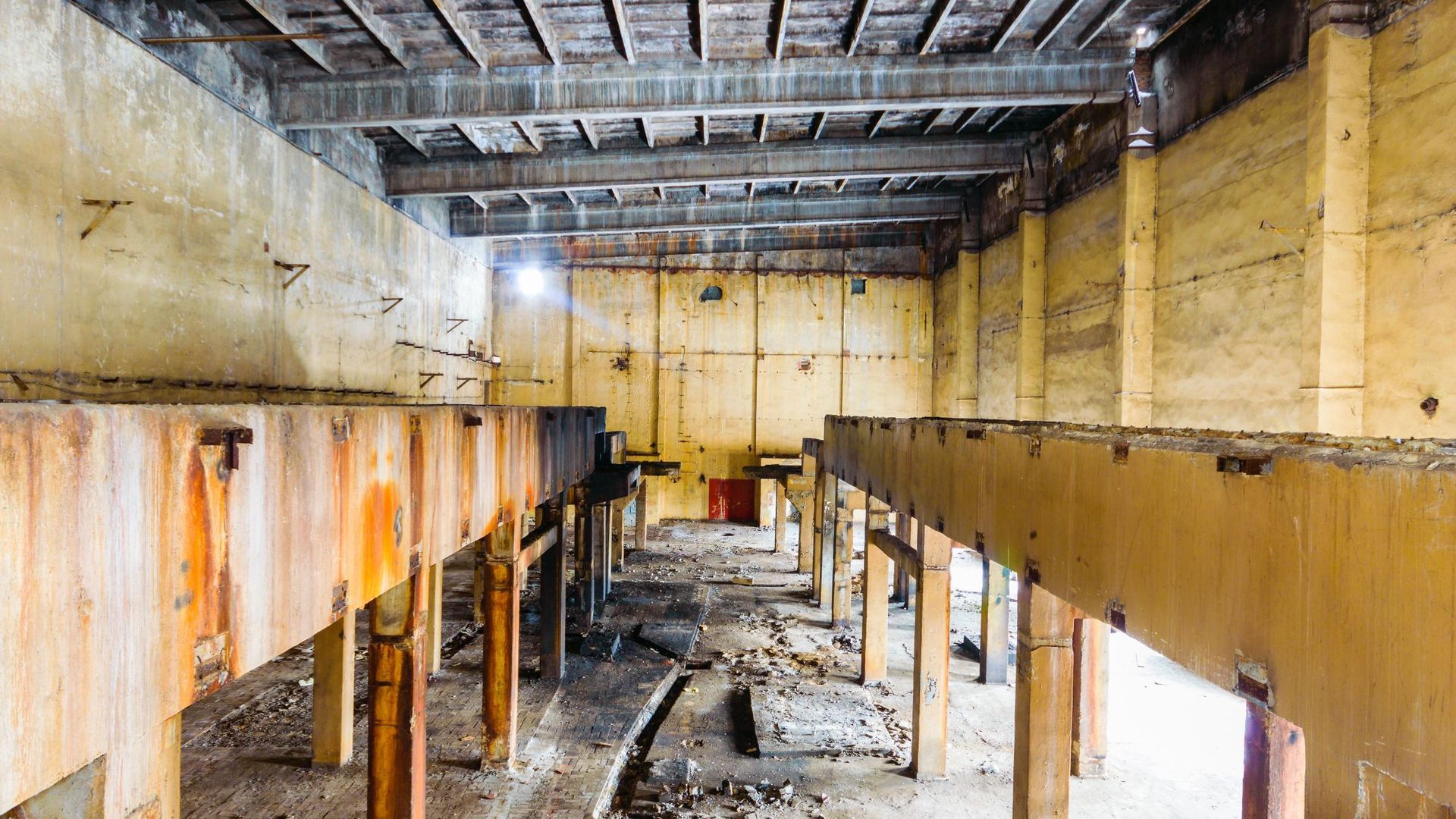
The Basics of Pier and Beam Foundations
Understanding the Design:
At its core, a pier and beam foundation consists of pillars (or piers) supporting horizontal beams, elevating the structure above the ground. This design facilitates air circulation, prevents ground moisture issues, and provides easy access for repairs. These piers are often set deep into the soil to ensure stability. The beams can be made from various materials, including wood and steel, enhancing the structure's strength.
Benefits and Challenges:
While pier and beam foundations offer advantages like resilience against soil shifts and easier access for plumbing or electrical work, they can be vulnerable to issues like wood rot, water damage, and pest infestation. Additionally, floor leveling can sometimes be an issue if the foundation shifts.
Maintenance and Repair Considerations:
Over time, pier and beam foundations may require repairs. Hiring a foundation repair contractor is often the best approach, although some homeowners might consider DIY foundation repair methods. Various foundation repair methods are available, including using steel piers or screw piles to stabilize the structure. Foundation repair costs can vary based on the extent of the damage and the chosen method.
Addressing Common Issues:
Common foundation problems with pier and beam foundations include wood rot, water damage, and pest infestation. These issues can lead to significant foundation damage if not addressed promptly. Regular inspections by a structural engineer can help identify and mitigate these problems early on.
Material Considerations:
While traditional pier and beam foundations often use wood, modern designs might incorporate steel or cement for enhanced durability. Some structures may even use a concrete slab in combination with piers for additional support. It's essential to ensure that the piers are anchored to stable bedrock to prevent shifting.
Recognizing the Need for Repair
Signs and Symptoms:
Uneven floors, gaps in doors or windows, and visible damage to piers or beams can signal a need for repair. Water damage in the basement or signs of foundation damage such as cracks can also indicate serious foundation problems. Poor drainage around the home and shifting soil can exacerbate these issues, making it crucial to address them promptly.
Pier and Beam Foundation Inspection:
Regular inspections, especially when carried out by professionals who specialize in "pier and beam foundation repair near me" and basement waterproofing, can detect and address potential issues before they escalate. Consulting with a foundation repair contractor can provide homeowners with a thorough assessment.
Delving into Repair Techniques
Pier and Beam Leveling:
Over time, settling can cause misalignment. Leveling ensures a uniform elevation, crucial for structural balance.
Foundation Beam Repair:
When beams weaken due to age, moisture, or pests, targeted repairs or replacements can restore stability. Knowing the foundation repair costs can aid homeowners in budgeting and decision-making.
Concrete Pier Foundation Repairs:
For homes with concrete piers, issues like cracks or erosion require specialized techniques to ensure lasting repairs.
DIY Foundation Repair:
While some minor issues can be addressed by homeowners, understanding the scope and limits of DIY foundation repair is crucial. It's often more cost-effective and safer to engage professionals.
Cost Implications and Considerations
Pier and Beam Repair Cost:
Several factors influence repair costs, including the damage extent, regional price variations, and the specific foundation repair method employed.
Value of Investment:
While homeowners might be concerned about the foundation repair costs, timely repairs can prevent more extensive damages and associated expenses in the future.
Preventative Measures and Maintenance
Regular Check-ups:
Scheduling periodic inspections, especially after extreme weather events, can identify potential problems early. Regular check-ups can help detect drainage issues and potential water damage that might not be immediately visible.
Pier and Beam Foundation Maintenance:
Simple steps like ensuring proper drainage, preventing water accumulation, and treating wood components can extend the life of the foundation. Homeowners should also consider basement waterproofing solutions to prevent water from damaging the basement and the foundation.
Installation Matters:
A properly installed foundation sets the stage for fewer issues. If constructing a new home or an extension, ensure "pier and beam foundation installation" adheres to best practices and local building codes. Proper installation also involves evaluating the soil conditions to prevent future foundation problems.
Foundation Repair:
When signs of foundation damage appear, consulting a foundation repair contractor is crucial. There are various foundation repair methods available, and a structural engineer can help determine the most appropriate solution. While DIY foundation repair might be tempting, professional assessment ensures comprehensive and lasting repairs. It's essential to understand foundation repair costs and to use the correct sealant to protect against further erosion and water damage.
Conclusion
Pier and beam foundations, with their distinctive elevation and design, offer unique benefits to homeowners. Yet, like any other foundation type, they require diligent care and attention. By recognizing the signs of potential foundation problems, employing advanced repair techniques, and committing to regular maintenance, homeowners can ensure that their elevated foundation remains a robust pillar of support. This approach not only promises stability and safety for years to come but also enhances the value of home improvement projects. Investing in preventative measures and timely repairs is key to maintaining the integrity of pier and beam foundations.
Raleigh Foundation Repair Pros
(984) 538-9198
